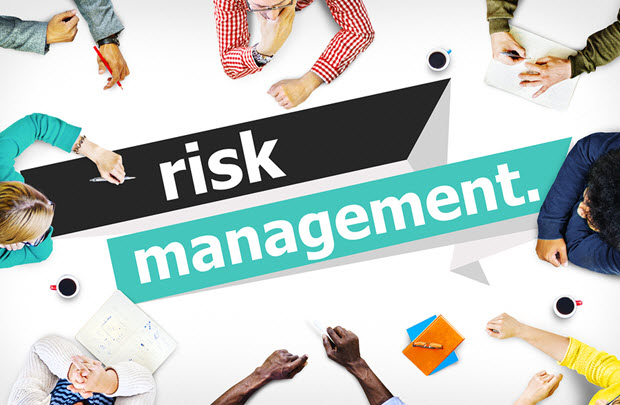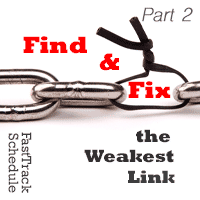 Risk planning…most tell you they hate to spend time on it and often just do a cursory amount of real risk planning. We often find that it’s easier to act now and ask for forgiveness later. Risk planning is like life insurance…great if you need it, but most of us don’t need it before it becomes too expensive to have or we really don’t need it anymore…and all we’ve done is spent hundreds of thousands of dollars on premiums that will never be used. Ouch! I think most project customers would probably agree as well – while grimacing at the thought of their hard-earned dollars floating away when the indestructible Titanic hits that iceberg that no one saw coming.
Risk planning…most tell you they hate to spend time on it and often just do a cursory amount of real risk planning. We often find that it’s easier to act now and ask for forgiveness later. Risk planning is like life insurance…great if you need it, but most of us don’t need it before it becomes too expensive to have or we really don’t need it anymore…and all we’ve done is spent hundreds of thousands of dollars on premiums that will never be used. Ouch! I think most project customers would probably agree as well – while grimacing at the thought of their hard-earned dollars floating away when the indestructible Titanic hits that iceberg that no one saw coming.
While it is true that it’s almost impossible to avoid all issues and risks on a project, it is possible to practice wise risk management to either avoid most risks or be prepared to mitigate those risks that cannot be avoided no matter what. Let’s consider some simple steps to follow – some risk management best practices to engage in – during the early phases of your project that can greatly increase your project’s chances for success and minimize risk impacts.
Plan for some decent risk planning
Be sure to build an adequate amount of risk planning effort into the project schedule. Planning none or too little is a recipe for disaster. Planning far too much time in your project management software schedule will burn up valuable project dollars before you even get started on risks you may never even see. There’s a happy medium in there somewhere that is first your responsibility as the project manager to suggest and then jointly yours and the customer’s responsibility to agree upon based on the type of project and the needs of the project.
Work with the customer on risk identification and action
Don’t just focus on identifying potential risks with your team. While that’s essential because you and your team likely have the most knowledge of the proposed solution and the issues that may be encountered, it will still only give you half of the picture. There are risks on the customer side as well – risks with their end users, their environment, their vendors, their infrastructure, and their decision-making…just to name a few. The customer is a key player in the risk identification process.
Plan to avoid and mitigate risks
I’m a huge proponent of avoiding what can be avoided. In a heated argument I’d prefer to avoid being punched in the face and, likewise, on a critical project I’d prefer to plan for avoiding a risk and spending dollars and time fixing the mess that a realized risk has caused. But if a risk cannot be avoided, then having a plan in place to mitigate the risk is the next best option. Keeping the impact to a minimum on the overall project progress, timeline, and budget is always the key to the risk planning process.
Check on the risk status at least weekly
On a project of any length, you’re never done risk planning. You’re never done with risk management. It’s a weekly struggle, if not a daily one. The most diligent thing you can do for your project is to keep it in front of the team and customer on a weekly basis. Review the potential risks every week as part of your status meeting agenda. Use your project management software to incorporate your risk planning into the project schedule and keep it up to date every week so everyone understands the impacts involved. Awareness to the risk is half the battle for being prepared when it happens.
Summary
We can never eliminate all risks and you’ll likely never uncover every potential risk during your risk management planning. You’d have to spend far too much time and money on risk management to even come close to that. You and your customer will have to determine the cost tradeoffs of how much risk planning you do on the engagement. However, planning for the appropriate amount of time upfront in your project management software schedule on risk management activities will certainly help you plan for the show stoppers – the issues that come out of the big risks on the project. Try to avoid what can be avoided as this will probably save the most time and money in the long run. And then try to mitigate those that can’t be avoided.



